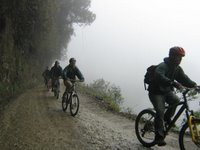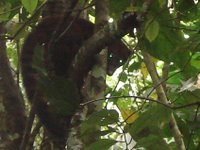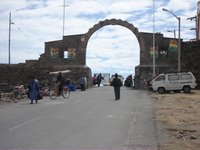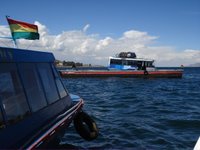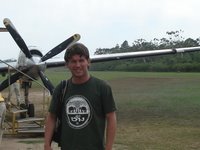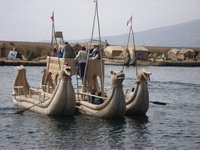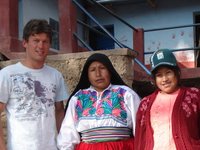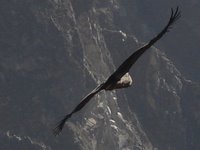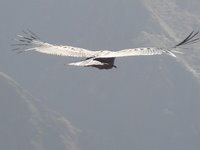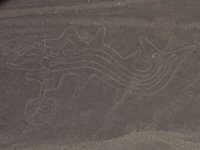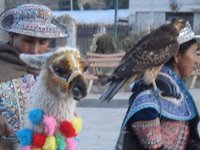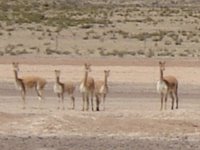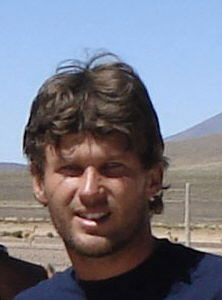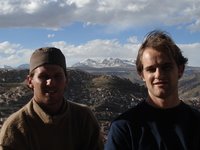
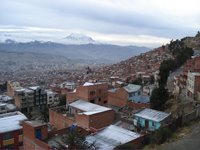
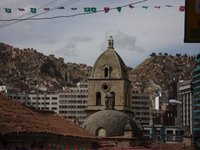


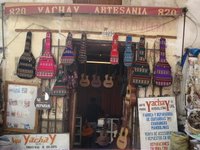
The Place: La Paz in Bolivia is an amazing sight upon entering the city. With snow mountains in the background, thousands of block shaped face brick houses cover every bit of open space, climbing the steep hillsides.
Some features: It is evident that Bolivia is one of the poorest South American countries. Its centre is what attracts tourists with loads of tours on promotion and many curio shops selling handicrafts. Musicians are all about, with many music shops selling both traditional and modern musical instruments.
Though everything closes early at night and the streets become a little dodgy, Nic and I managed to find a cool place (Sol y Luna) which was a relaxed restaurant/pub that hosted live bands and had a great vibe. Went there again with some Argentinians after Nic left. Had a great time practicing my spanish since their English was almost non existent.
Went to the Coca museum, giving the low down on what the coca leaf is used for and how the cocaine is extracted from it. Cocaine is one of two alkaloids in the coca leaf. 328kgs create only 1kg of cocaine paste, a quarter of which is processed into cocaine as we know it. Chewing the coca leaf increases the capacity for oxygen intake and hence is great for high altitudes. It´s important to the Andeans for religion and for health and has been proved to make the workers more productive (especially for those who were without meals for the entire day).
Strange fact: Coca-cola contained cocaine from 1885 (when founded) to 1915 when it was finally banned. It still however uses the coca leaf in its ingredients.
